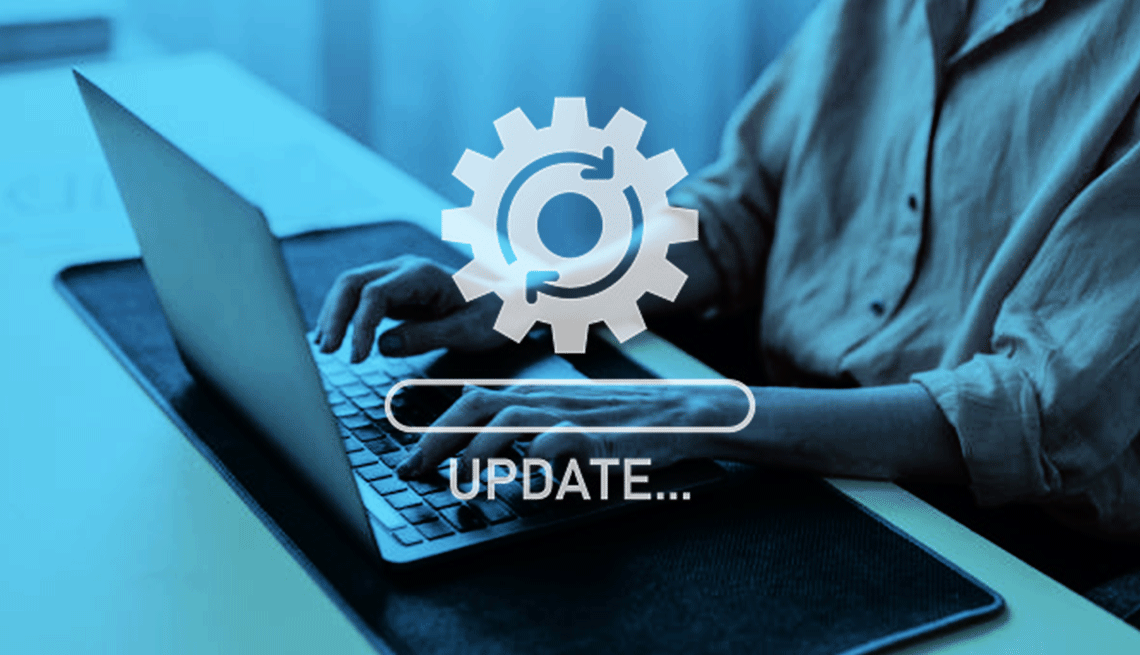AARP Hearing Center


In this story
Windows 10 updates ending • Retire older PCs • Can yours be upgraded? • Windows 11 benefits • What’s missing
If you, like 2 out of 5 Windows computer users in the U.S., haven’t switched from Windows 10 to Windows 11, your time is running out.
Microsoft will stop updating its Windows 10 operating system, both Home and Pro, on Oct. 14, 2025. And when the tech giant ends that support, you’ll lose important security patches, bug fixes and new features that come from the free improvements that the company has been issuing since the PC operating system was released in July 2015.
An operating system (OS) is the core software that runs your computer. It manages all other software — also called programs, applications or apps — on the machine and talks to connected hardware, such as a keyboard, monitor and mouse, and hardware connected through your Wi-Fi, such as a printer and router.
New Windows operating systems debut every few years, but not everyone installs the latest right away or at all. Operating systems that haven’t been upgraded not only miss security updates but also can run more slowly as they try to cope with newer
If you bought a new laptop or desktop PC before October 2021, when Windows 11 launched, you’re probably running Windows 10 unless you have upgraded since then.
Retire PCs running operating systems older than Windows 10
What about your older computers that run older Windows operating systems? Only about 2.5 percent of U.S. PCs that were on the internet in April are estimated to be using them, and Microsoft stopped that support a while back:
- Windows XP in April 2014
- Windows 7 in January 2020
- Windows 8 and Windows 8.1, which weren’t popular, in 2023
Those devices’ hardware almost certainly won’t meet the minimum requirements to run Windows 11. Some Windows 10 PCs won’t pass the test.
Apple users, if you’re among the quarter or fewer of desktop or laptop users who have Mac desktops or laptops, the company releases its free operating system upgrades once a year, often in October with minor updates throughout a year. Sequoia, released Sept. 18, 2024, is the latest and is compatible with some Macs dating to 2017.
Can my Windows 10 machine run Windows 11?
The easiest way to see if your Windows PC can be upgraded to Windows 11 is to run a quick PC health check. This Microsoft tool will automatically verify whether your computer can install and run Windows 11.


































































More From AARP
Windows 10 Updates End Soon. Is My PC at Risk?
You’ll lose out on new features, security patches, bug fixes
5 Steps to Move Into a New Laptop or Desktop Computer
Gain a faster processor, better memory without the pain
How to Make Your Old Computer Last
Get a few more years out of that expensive machine